How Many Times Can a Battery Be Regenerated?
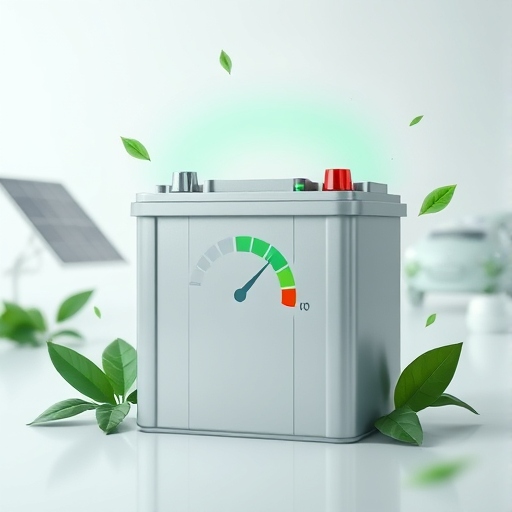
In a world where batteries power everything from our phones to electric cars, extending their lifespan is a practical and eco-friendly solution.
The process of battery regeneration allows users to restore old or degraded batteries instead of discarding them.
But the big question is: How many times can a battery be regenerated?
This blog will explore the factors influencing regeneration, the process involved, and how often it can be done to maximize battery life.
What is Battery Regeneration?
Battery regeneration is a process that restores the charge capacity of a battery by reversing the chemical reactions that degrade its performance. Over time, sulfate crystals build up on the battery plates, reducing efficiency. A battery regeneration service reverses this buildup, allowing the battery to perform closer to its original capacity.This method works for various types of batteries, including lead-acid batteries. It's an eco-friendly and cost-effective alternative to purchasing a new battery, especially for high-use industries like automotive and solar energy systems.
How Many Times Can a Battery Be Regenerated?
On average, most batteries—especially lead-acid ones—can be regenerated up to two times before their performance diminishes significantly. Factors such as battery type, usage, and the quality of the regeneration process play a crucial role in determining the number of regeneration cycles a battery can undergo.
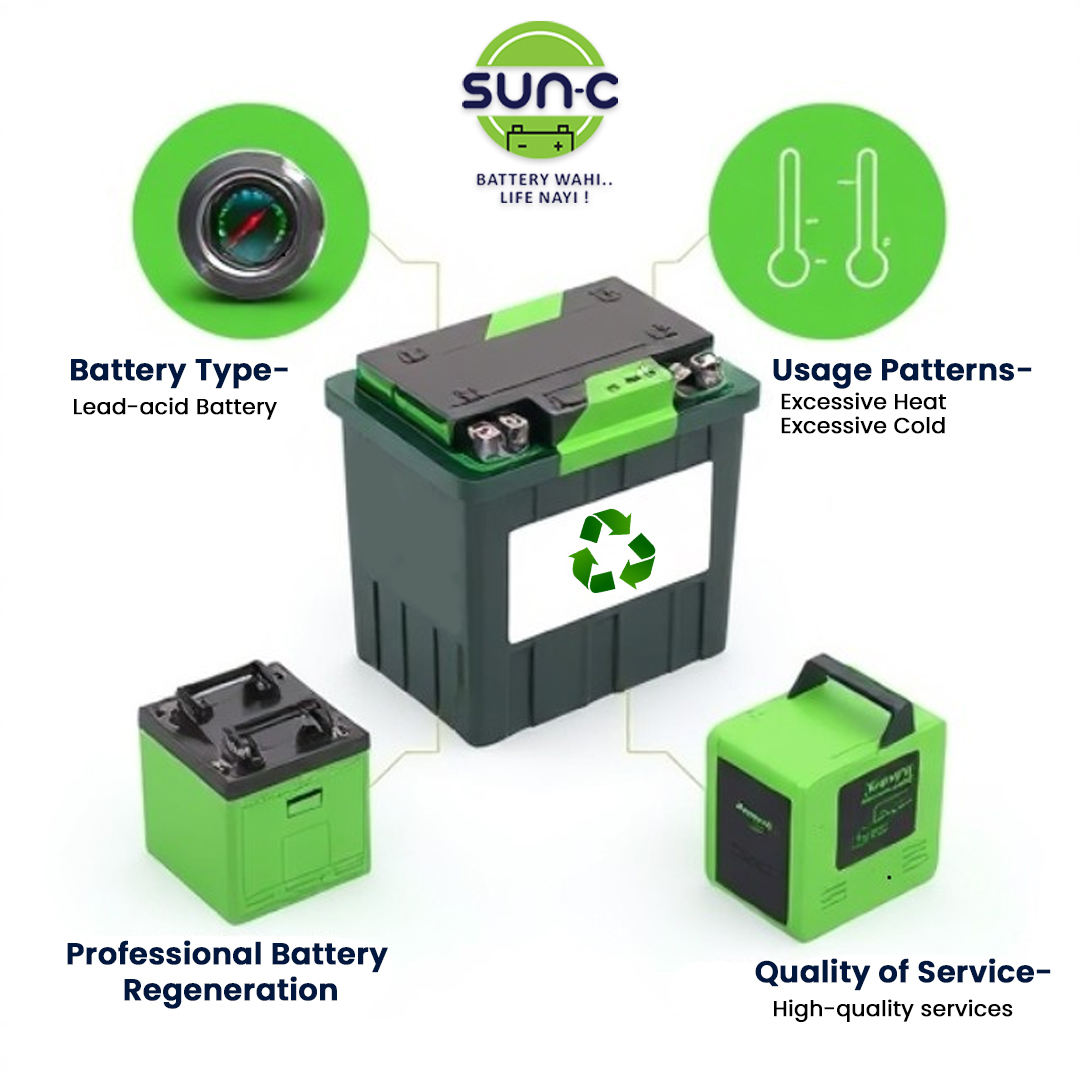
Factors Affecting Battery Regeneration
1. Battery TypeThe type of battery largely determines how often it can be regenerated. Lead-acid batteries, commonly used in vehicles and industrial systems, can typically be regenerated up to two times, depending on their condition and usage.
2. Usage Patterns
A battery subjected to heavy use or extreme environmental conditions—like excessive heat or cold—may have fewer opportunities for successful regeneration. Batteries used in harsh conditions tend to degrade faster, limiting how often they can be reconditioned.
3. Quality of the Battery Regeneration Service
Professional battery regeneration services use advanced equipment to reverse sulfation and other issues affecting battery performance. High-quality services, like those offered at Sunc Battery, can extend a battery’s life for multiple regeneration cycles, ensuring you get the most out of your battery.
Start your battery regeneration business today and unlock a profitable, green future. Seize the opportunity now!
The Battery Regeneration Process
Here’s a step-by-step breakdown of how battery regeneration works:
1. Assessment: The battery’s condition is evaluated to determine its suitability for regeneration.
2. Sulfation Removal: Specialized equipment is used to break down sulfate crystals that have accumulated on the battery plates.
3. Reconditioning: The battery is charged and discharged under controlled conditions to restore its capacity.
4. Final Testing: After the process, the battery is tested to ensure it meets performance standards.
This entire process is highly technical, requiring expertise and precision to ensure the best results.
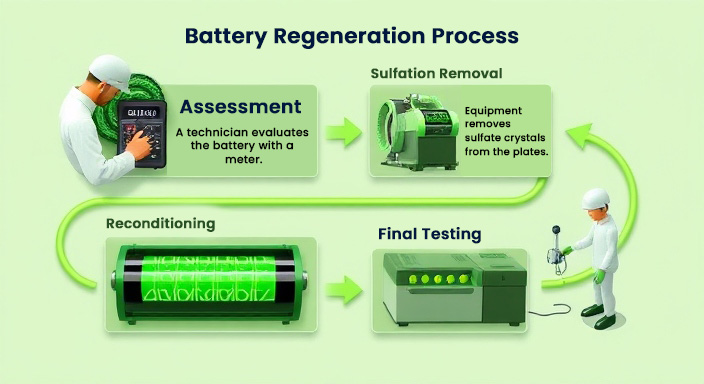
Benefits of Battery Regeneration
Opting for battery regeneration offers several advantages:
1. Cost Savings
Regenerating a battery can save you up to 70% compared to purchasing a new one, making it a financially viable option, especially for industries that use high-cost batteries.
2. Environmental Benefits
By regenerating batteries, you reduce waste and the need for manufacturing new batteries, lowering your carbon footprint and promoting sustainability.
3. Extended Battery Life
Through professional regeneration, a battery’s lifespan can be extended by two cycles, offering more usage before replacement is needed.
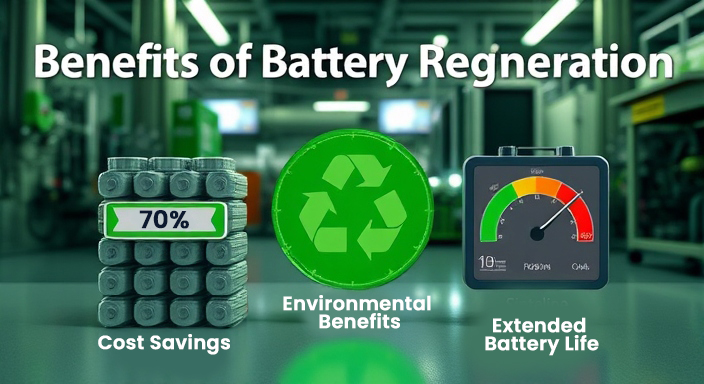
Start your battery regeneration business today and unlock a profitable, green future. Seize the opportunity now!
When Should You Replace a Battery?
While regeneration can significantly extend a battery’s life, it is not a permanent solution. There comes a point when regeneration no longer works effectively. Indicators that your battery may require replacement include:
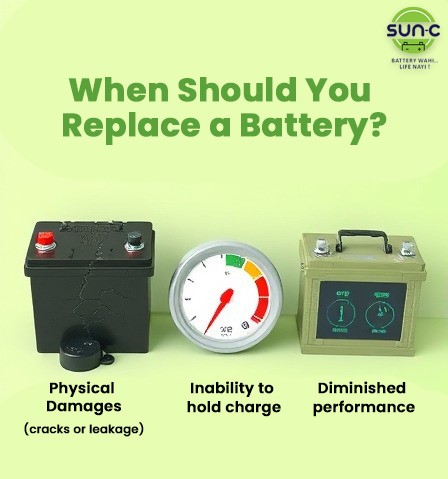
When these issues arise, it’s better to invest in a new battery to avoid inefficiencies or risks.
Maximizing Battery Lifespan: Tips and Best Practices
To get the most out of your battery and maximize its regeneration potential, follow these best practices:
Conclusion
In summary, most batteries can be regenerated two times, depending on the type of battery, how it’s used, and the quality of the regeneration process. Battery regeneration is a cost-effective and eco-friendly option that can save money and reduce environmental waste.
At Sunc Battery, we offer professional battery regeneration services designed to help you extend the life of your batteries. Contact us today to learn more about how we can help you save money and promote sustainability through battery regeneration.